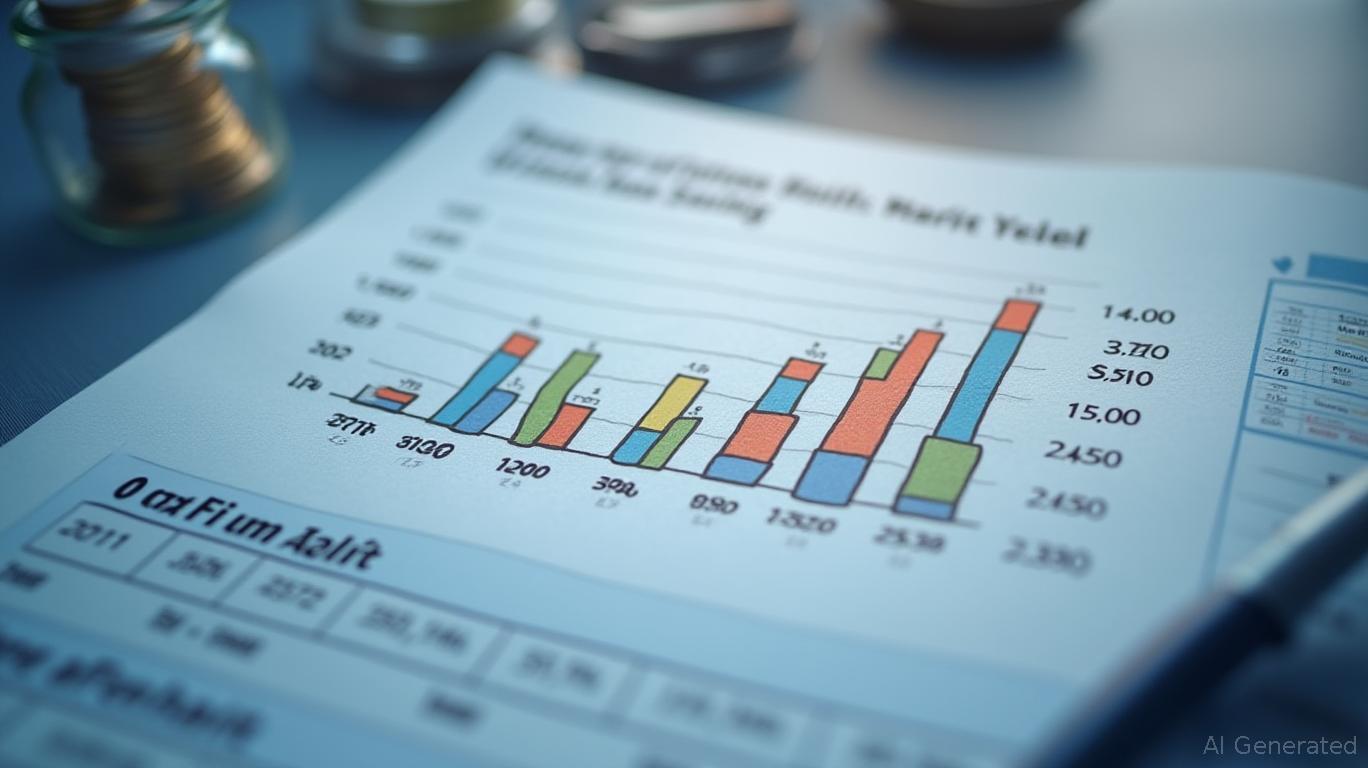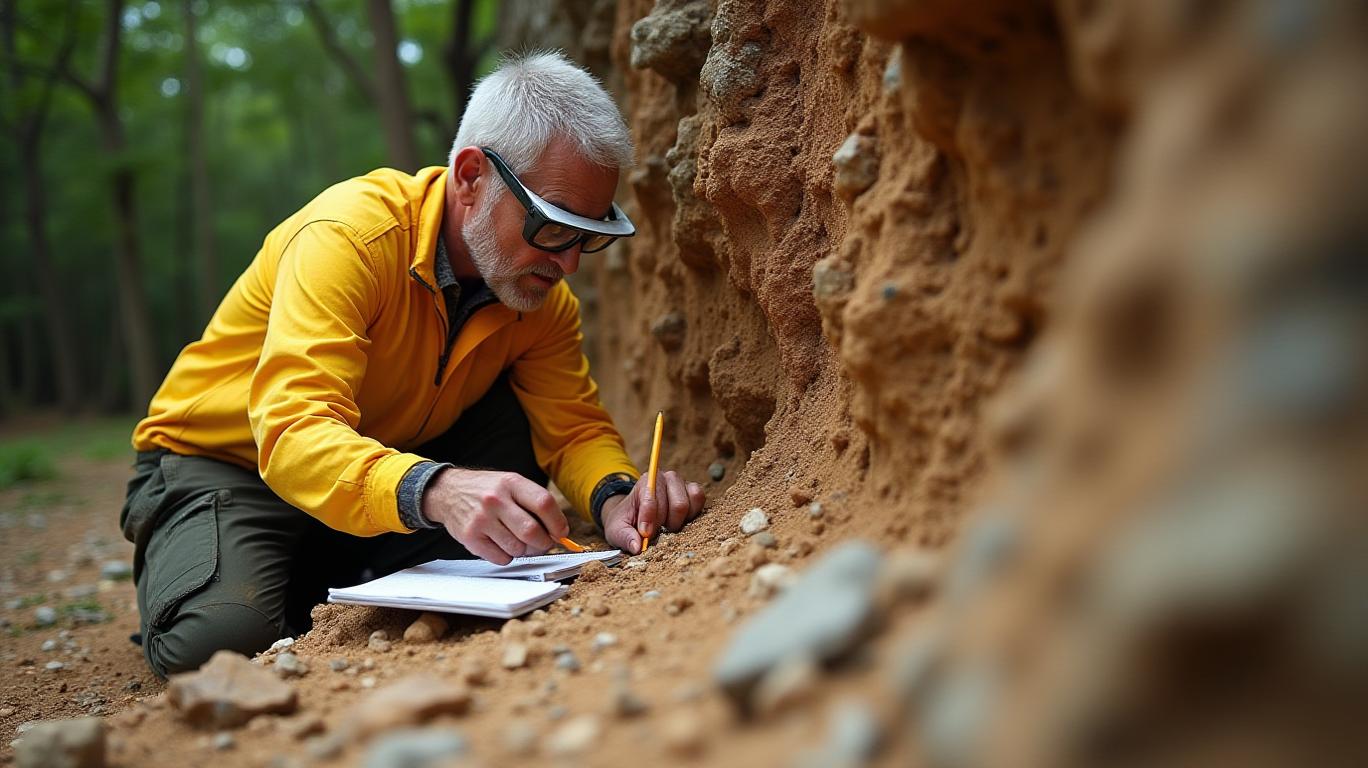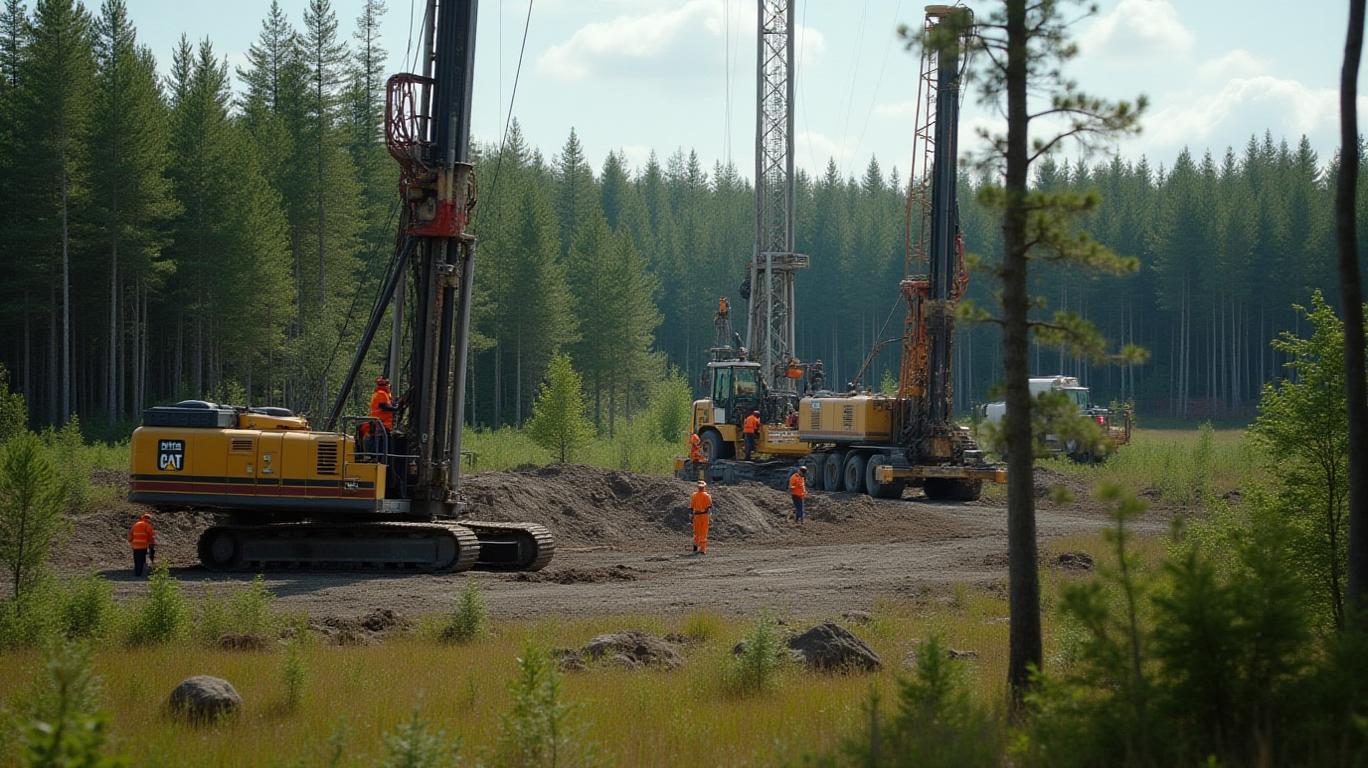Omai Gold's Wenot Deposit: A Catalyst-Driven Gold Story Headed for Liftoff
The gold exploration sector is rarely this exciting. Omai Gold Mines Corp. (TSXV: OAI) has quietly been rewriting the narrative for its flagship Wenot Deposit, where recent high-grade drill results are setting the stage for a transformative Mineral Resource Estimate (MRE) update and a Preliminary Economic Assessment (PEA) that could redefine the project’s value. With drill bits hitting grades like 8.51 g/t Au over 9.3 meters—and extending mineralization far beyond the 2024 MRE—investors are primed for a catalyst-driven rally ahead of Q2 and Q3 2025 updates.
Ask Aime: What could be the impact of Omai Gold Mines' high-grade drill results on its stock value?

The Catalyst: Drill Results That Expand the Horizon
The Wenot Deposit is no longer just a “resource play.” Recent drilling has unveiled a structural gold system with explosive upside. Consider these highlights from the 2025 program:
- Hole 25ODD-102 intersected 28.04 g/t Au over 9.3 meters (uncapped), with a jaw-dropping 252.36 g/t Au sub-interval over 1 meter—a grade so high it’s being capped at 70 g/t in resource calculations.
- Hole 25ODD-103W delivered 5.66 g/t Au over 4.3 meters in the Dike Corridor, a historically prolific zone, while Hole 25ODD-105W extended the deposit 300 meters west of the historical pit, unlocking a potential “starter pit” with 2.32 g/t Au over 19.8 meters near surface.
These results are materially expanding the resource envelope. Over 13,700 meters of drilling so far have pushed mineralization deeper (to 470 meters vertically) and along strike, exceeding the pit shells defined in the 2024 PEA. Management estimates that 20% of 2025 intercepts lie outside the 2024 MRE, signaling a step change in resource growth.
The NI 43-101 Report: A Catalyst for Institutional Attention
The Q2 2025 NI 43-101-compliant MRE is the next critical milestone. Analysts project it could increase Indicated Resources by 30–50%, with the expanded drill program having filled critical gaps in the PEA pit area and tested undrilled strike extensions.
Key drivers include:
1. Depth Expansion: Over 87% of Wenot’s 2024 resources lie below 350 meters vertically. The 2025 program has now proven mineralization down to 450 meters, which could expand the open-pit shell and create underground mining potential.
2. Strike Continuity: The 2.5-km-long Wenot Shear Zone is showing continuous mineralization across volcanic and sedimentary sequences, with gaps now plugged by high-grade intercepts.
3. Grade Boost: The Dike Corridor’s average grade of 4.5 g/t Au in recent holes (vs. 1.48 g/t in the 2024 Indicated category) suggests the resource could shift toward higher-grade categories, improving economics.
The PEA Upside: Gilt Creek’s Game-Changer
The real magic happens in Q3 2025, when the updated PEA will combine Wenot’s expanded resources with the high-grade Gilt Creek Underground Deposit. The 2024 PEA—which used only 45% of the current MRE—already projected a 13-year mine life producing 1.84 million ounces at an NPV5% of $556 million (at $1,950/oz Au).
Adding Gilt Creek’s 1.15 million oz Indicated at 3.22 g/t Au could unlock two critical advantages:
1. Lower AISC: Underground mining at Gilt Creek (targeting high-grade veins) could offset open-pit costs, pushing all-in sustaining costs below $1,000/oz—a 10% improvement over the 2024 PEA.
2. Higher NPV: At a $2,200/oz gold price (today’s spot price), the combined PEA could deliver an NPV5% of $777 million and a 24.7% IRR, with a 3.5-year payback period.
Why Act Now? The Risk/Reward is Mispriced
Omai’s stock trades at a staggering 0.3x P/NAV based on the 2024 PEA—a valuation that ignores the $500 million+ upside embedded in the 2025 catalysts. With a $30 million cash balance and no near-term dilution risks, the company is well-positioned to execute its plan.
Investors should note:
- De-Risked Exploration: 90% of drilling targets are within the brownfield infrastructure footprint, reducing exploration risk.
- Infrastructure Gains: Guyana’s new paved road to Omai (completed Q4 2024) cuts haul costs by 20%, directly boosting margins.
- Management Track Record: CEO Elaine Ellingham has guided Omai through a $25 million financing round and secured a critical environmental permit, proving execution capability.
Final Call: Buy Before the PEA Drops
The math is clear: Omai Gold is at the inflection point of a catalyst-rich narrative. With drill results pushing resource growth, a PEA that could double the project’s value, and a stock priced for failure, this is a once-in-a-cycle opportunity.
Action Item: Accumulate Omai Gold shares ahead of the Q2 MRE and Q3 PEA. The risk/reward is skewed overwhelmingly to the upside—especially if gold remains above $2,000/oz.
This article is for informational purposes only and should not be considered financial advice. Always conduct your own research before making investment decisions.










